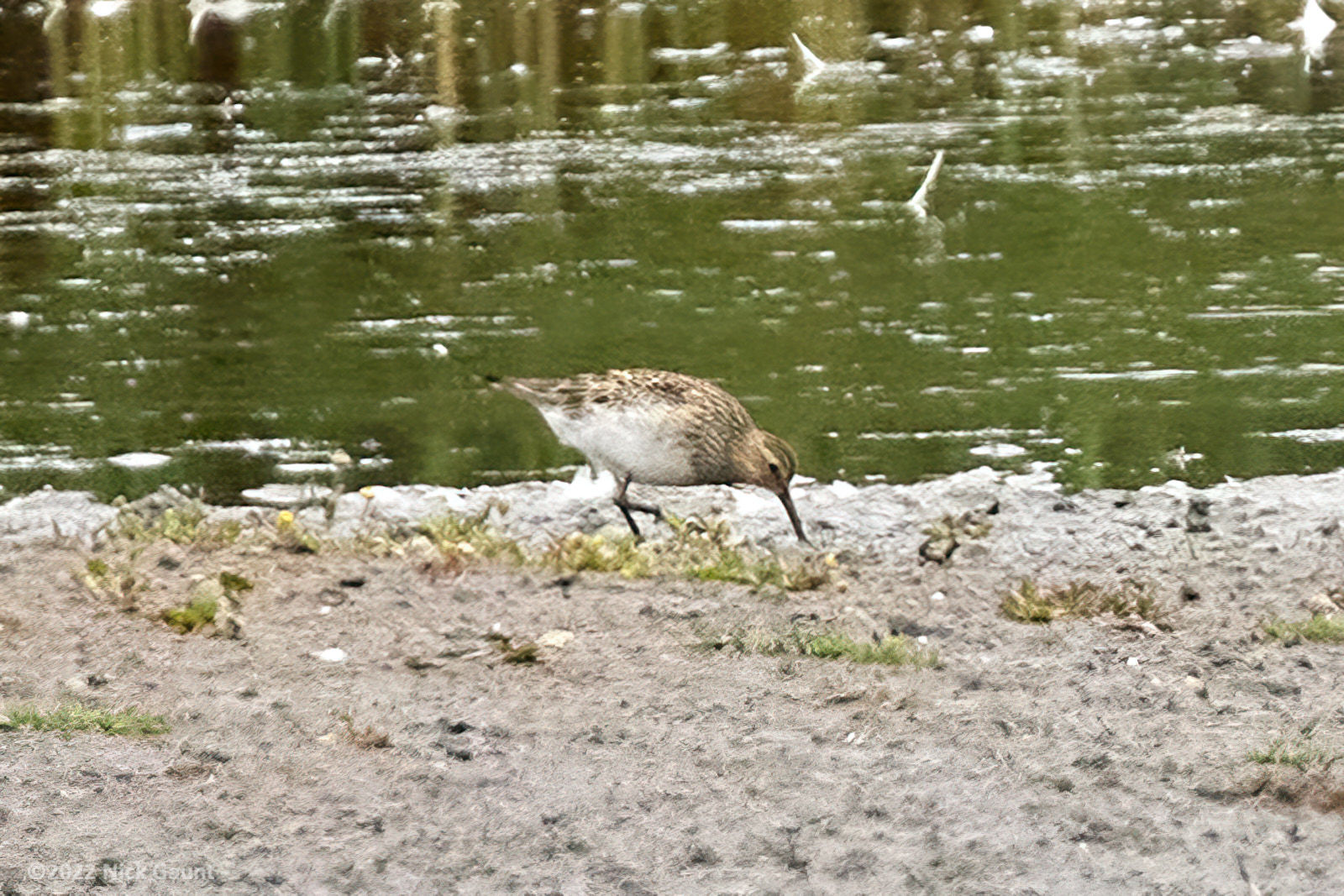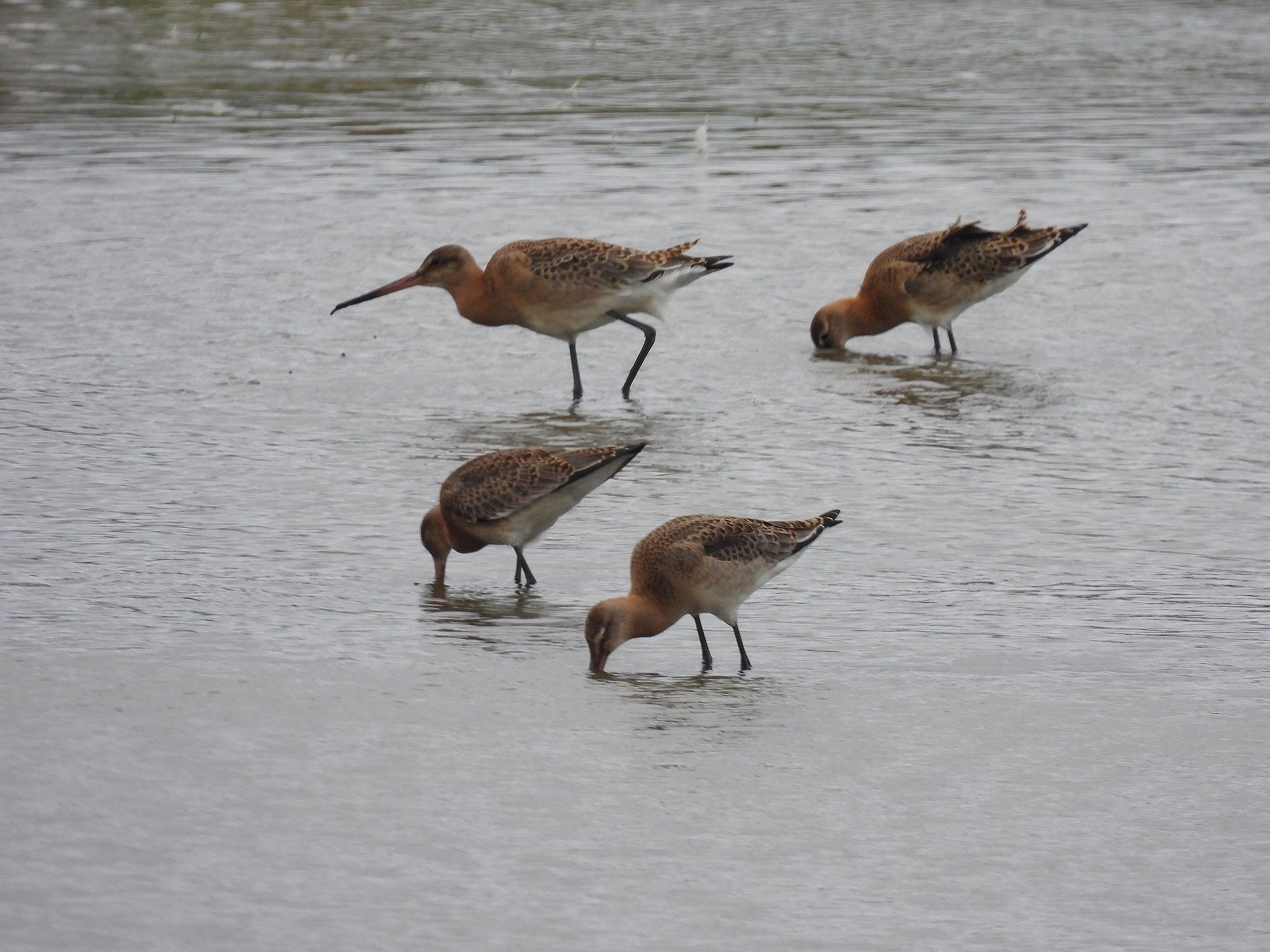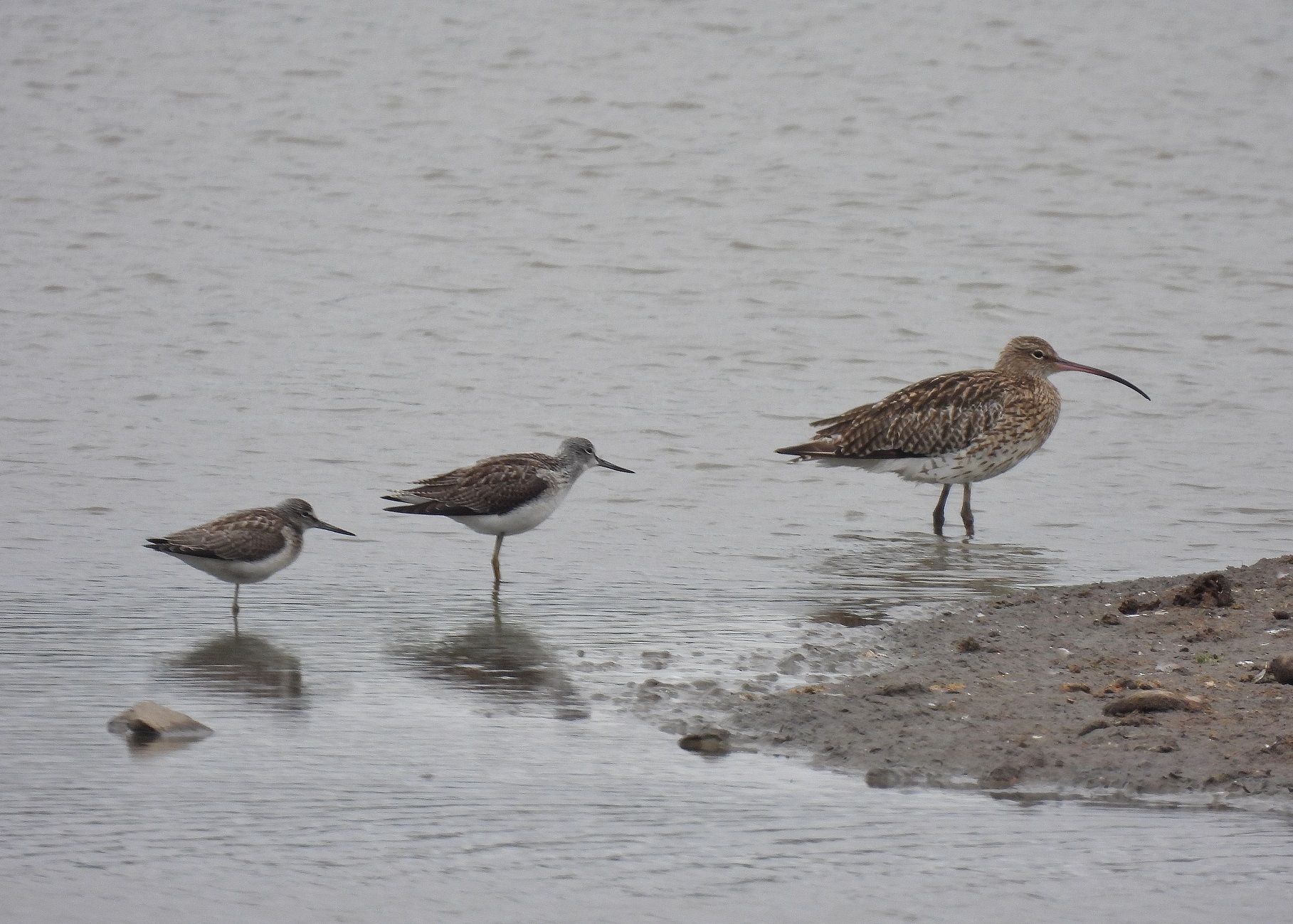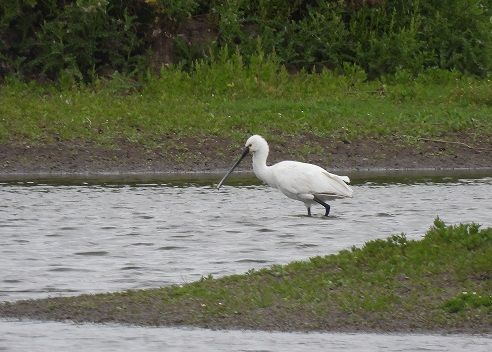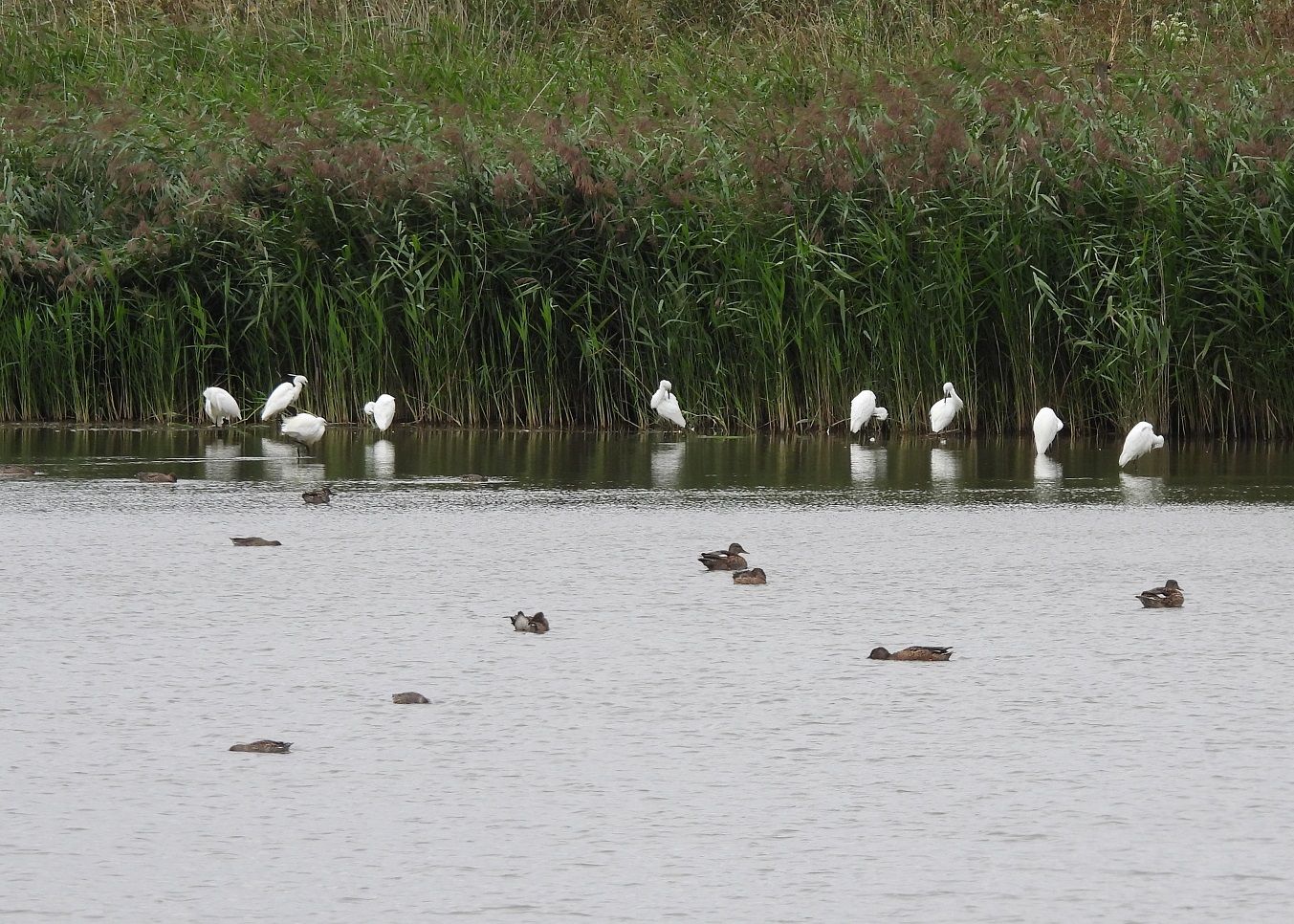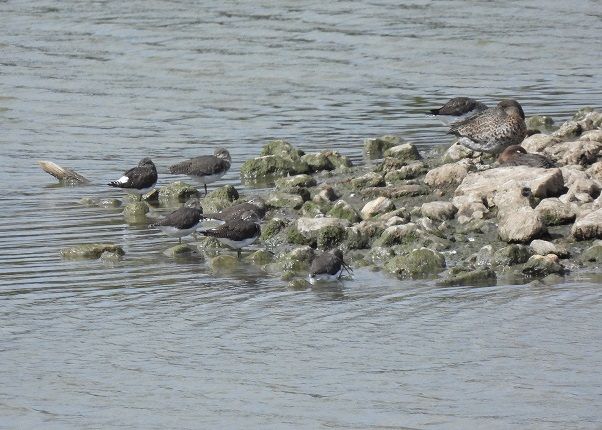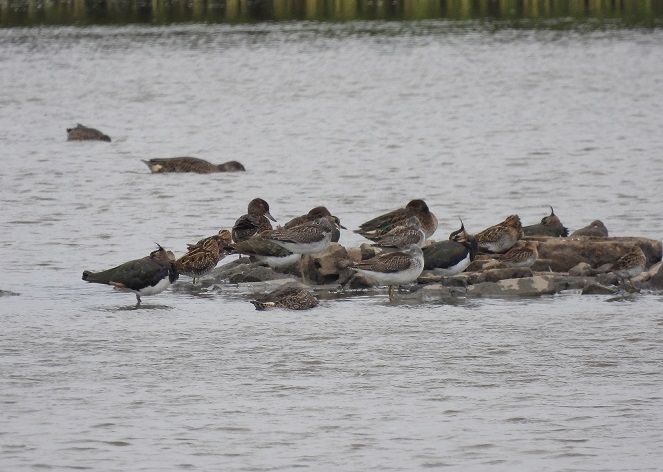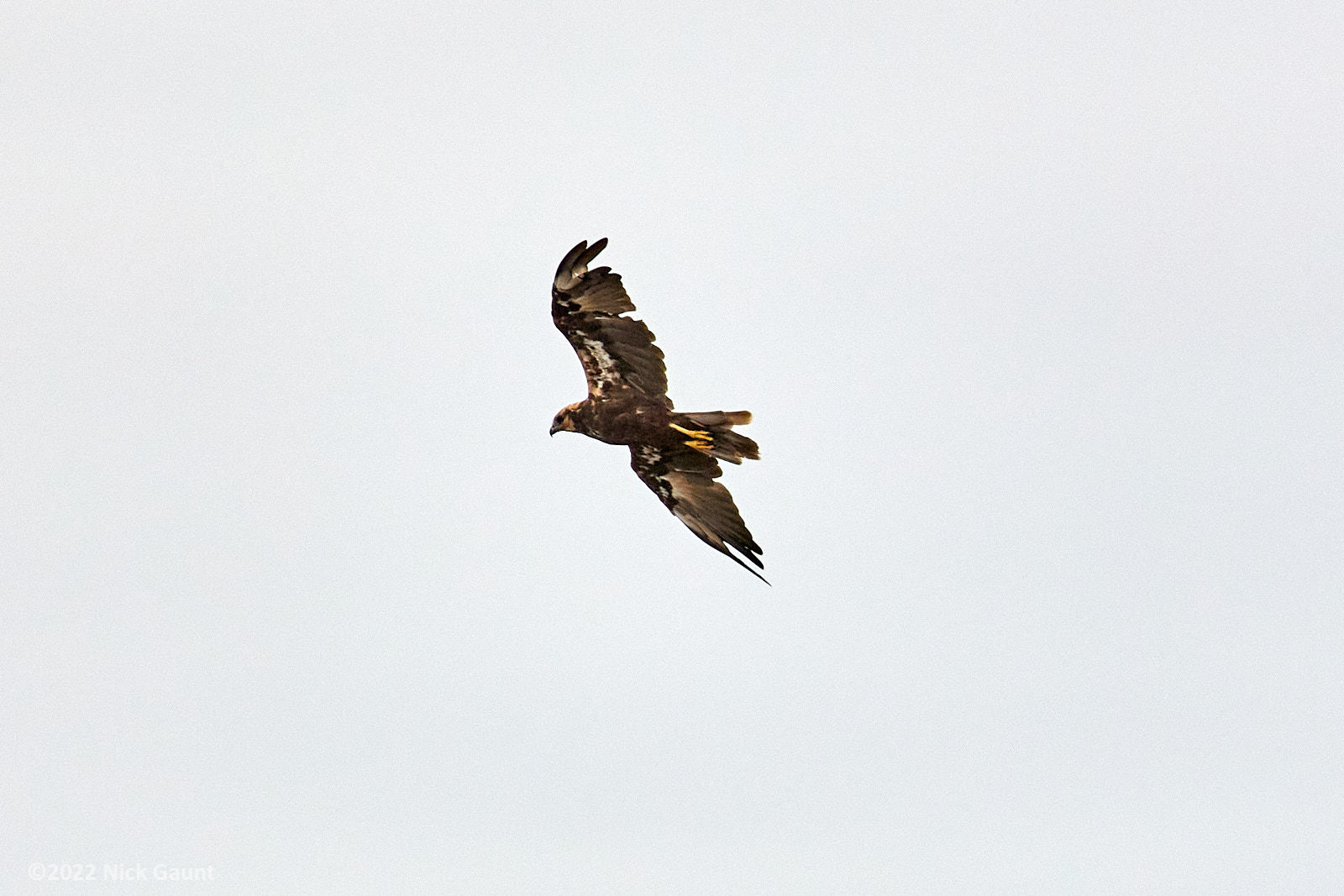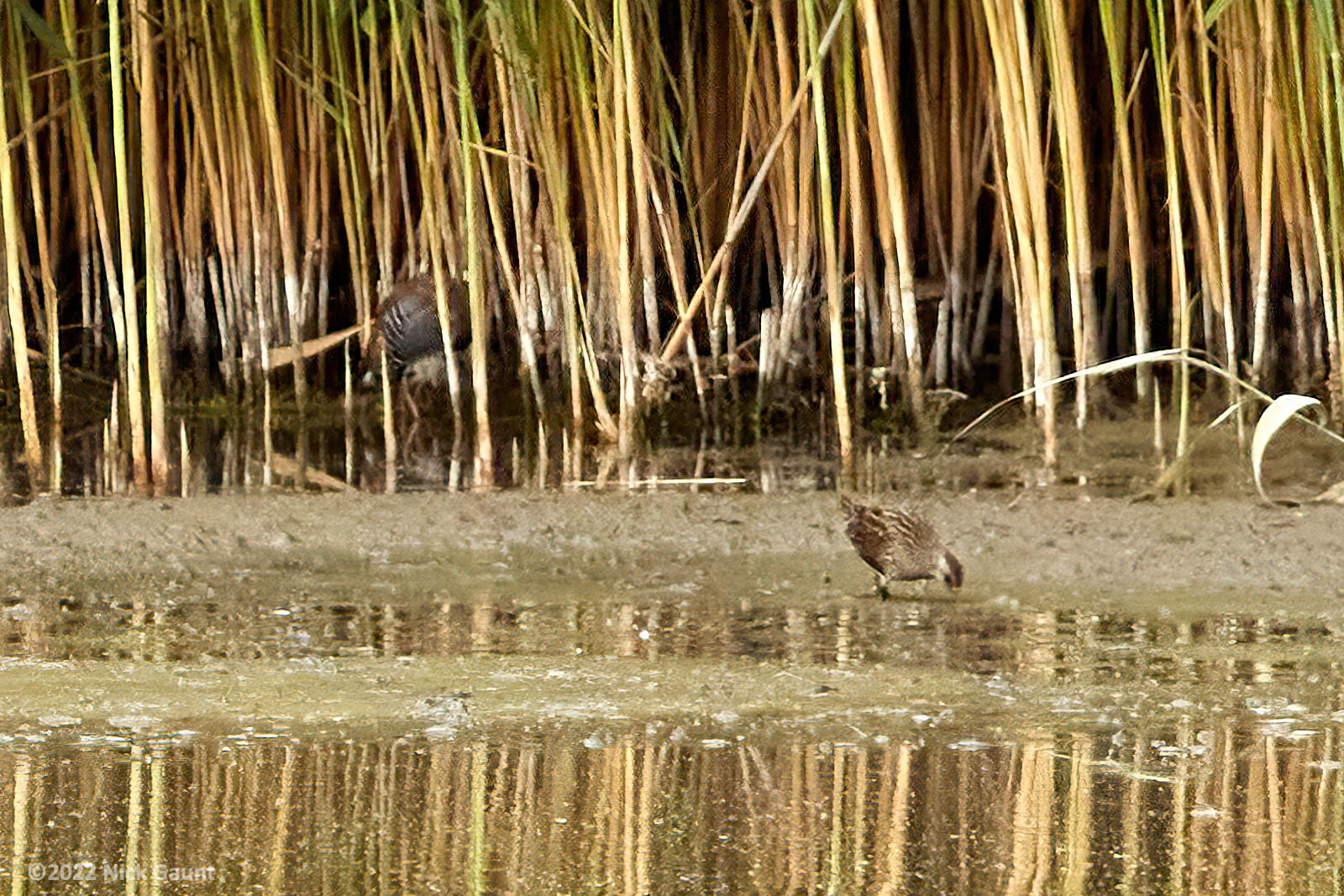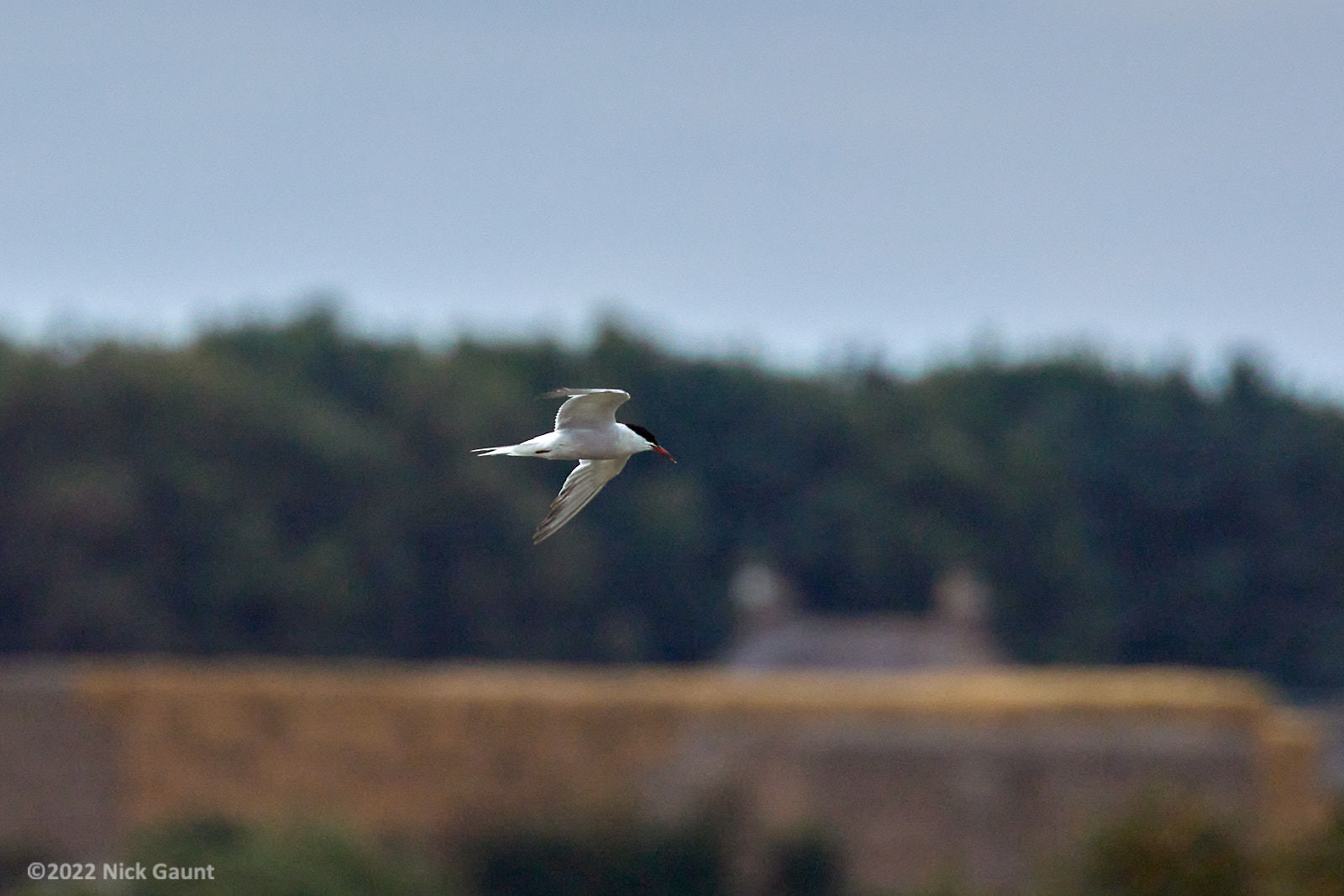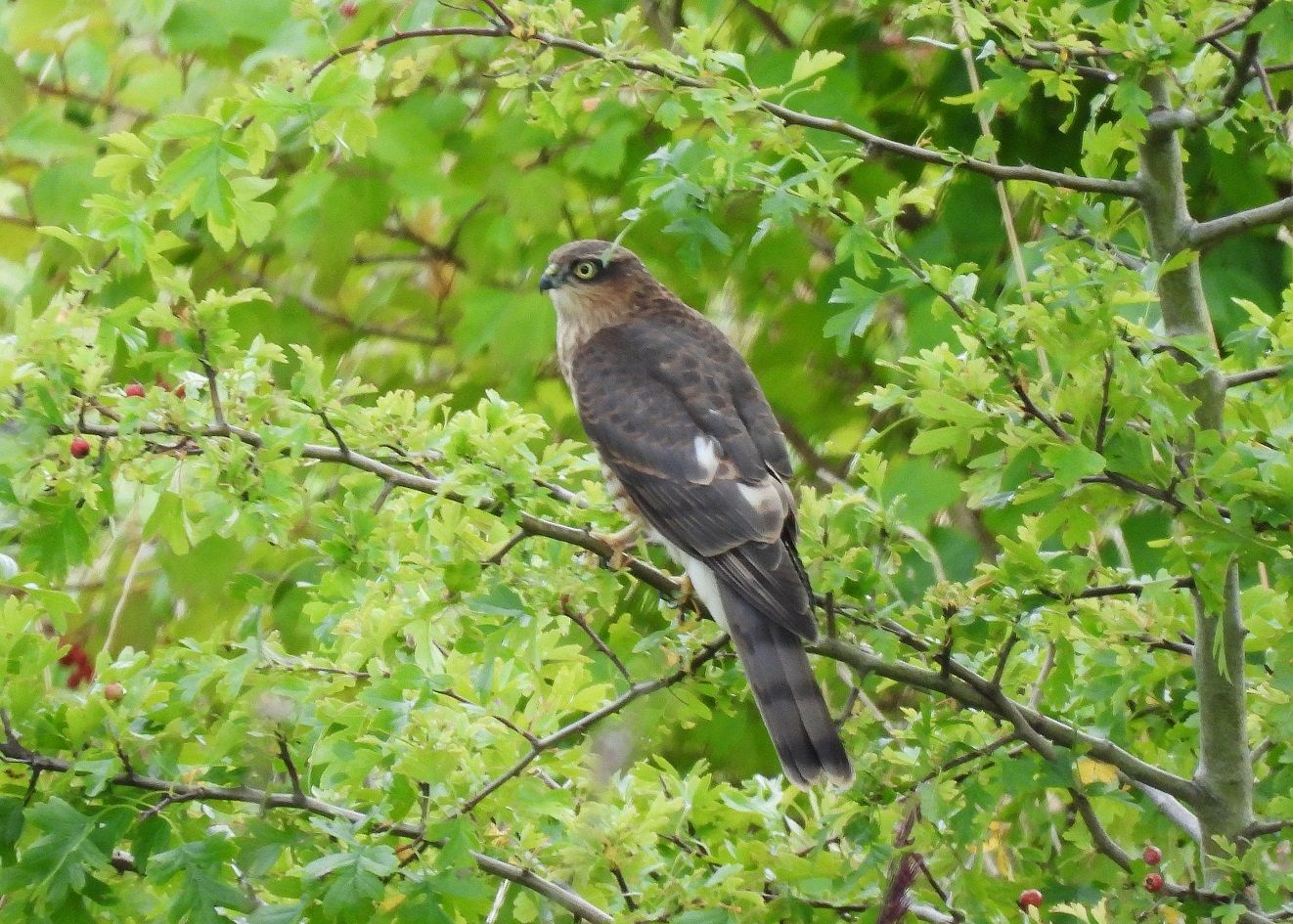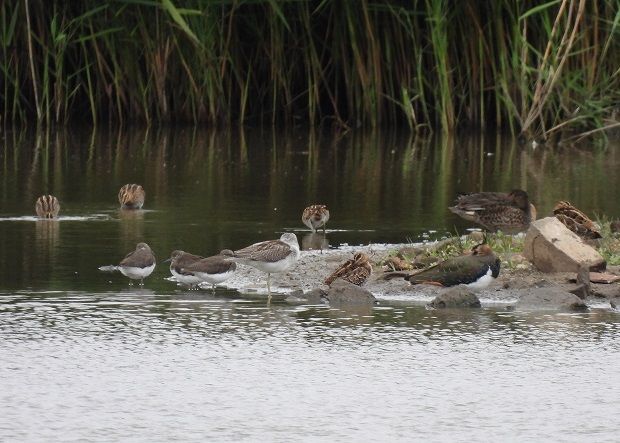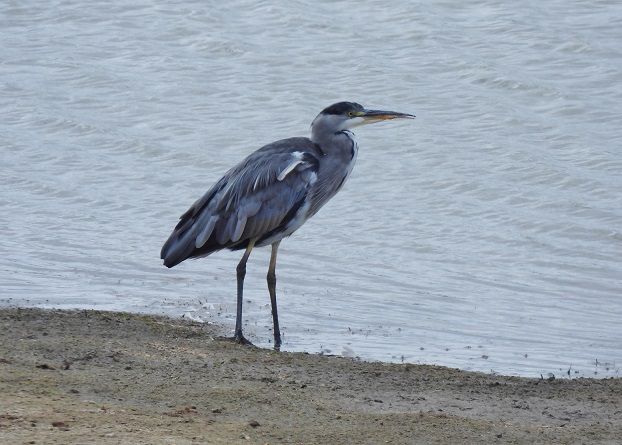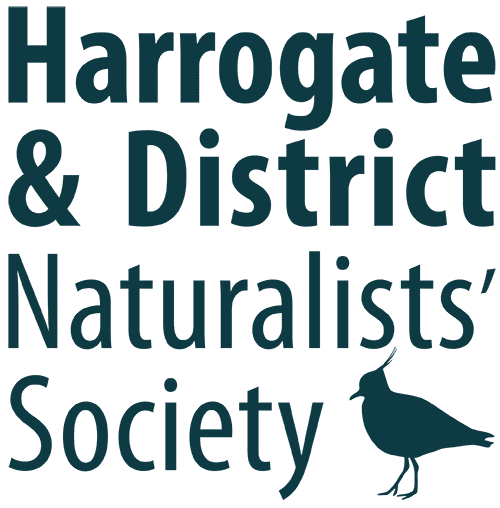12 members attended the meeting starting at Blacktoft Sands car park at 9.30. It was a cool overcast start to the day with occasional sunny periods throughout the day.
A Spotted Crake has been on the reserve since the weekend so our first stop was the Townend Hide to try and find this scarce visitor. We did not see the crake but there was a good selection of waders and water birds. Scanning the lagoon we soon found two Green Sandpipers, a Wood Sandpiper and a Pectoral Sandpiper which was a good bonus bird. Along with six Common Redshanks there were three Greenshanks, Lapwings, Snipe and three Black-tailed Godwits. A single juvenile Spoonbill flew in and started feeding followed by a Little Egret. Duck numbers were low here with a Shoveler, several Mallard and Teal. A Moorhen and a Water Rail were seen along the edges of the reed beds with two Marsh Harrier and a Kestrel over the reed beds. A Common Buzzard was seen in the distance off the reserve. Then a Peregrine Falcon flew in and made several attempts to catch a wader before chasing a Greenshank high into the sky. The Greenshank evaded capture.
The next hide was at Singleton lagoon. The lagoon looked to have disappointingly low water levels with only a few small pools. Closer inspection proved very productive. On the mud there were three Dunlins, four Ringed Plovers with 11 Black-tailed Godwits flying over. Three Yellow Wagtails were with 15 Pied Wagtails on the mud and along the edges of the reed beds. A Bearded Tit, a Sedge Warbler and a Reed Warbler were working their way along the reed bed. Suddenly a Hobby appeared chasing a small bird twisting and turning high into the sky. The Hobby was unsuccessful this time. Black-headed Gulls were seen flying over the river and Goldfinches in the trees next to the hide.
On to the First Hide where the lagoon was very dry. The only birds we saw were flying over and included a Little Egret, Mallards and Black-headed Gulls.
A flock of Long-tailed Tits and Goldfinches were seen in the trees next to the footpath as we walked towards the next hide Marshland. We had to miss out the Xerox hide which was in the process of being replaced with a new hide courtesy of Gilleard Brothers. It was hoped to be complete by the time of our visit.
Marshland Lagoon is usually the best on the reserve for waders. It did not disappoint us. We saw c. 40 Snipe, seven Green Sandpipers, five Greenshanks, six Dunlin, three Spotted Redshanks, 29 Black-tailed Godwits, 19 Redshanks, one Curlew, Lapwings and the Pectoral Sandpiper from earlier. A flock of 18 Little Egrets flew in to the back of the lagoon to join two Grey Herons already here. Numerous ducks included Gadwall, Shoveler, Mallard and Teal. A Water Rail was seen in the reed bed with a Reed Bunting. Three Stock Doves were on the shoreline in front of the hide. A Marsh Harrier was flying over. Harrier sightings were lower than I would expect for some reason.
As the Ousefleet hide and screen were having some noisy reed cutting work done and reports of nothing to view we gave it a miss. Over lunch we decided after discussion to move on to North Cave Wetlands where a Spotted Crake was showing very well.
At North Cave we went straight to the Turret hide. The Spotted Crake was in its usual spot next to the reed bed with a Water Rail in the edges. It occasionally went in to the reeds but always came out again. It was definitely worth while coming here as there were plenty of of other birds to see. Nine Green Sandpipers, two Common Sandpipers, two Ruff, a Sparrowhawk, two Common Terns, three Grey Herons, two Reed Warblers, a Chiffchaff and Goldfinches. New for the day were Greylag Geese, Cormorants, Little Grebe, Starlings and Tufted Ducks.
We finished at 3.45 after having a very enjoyable day.
Total species = 57
